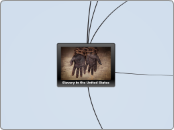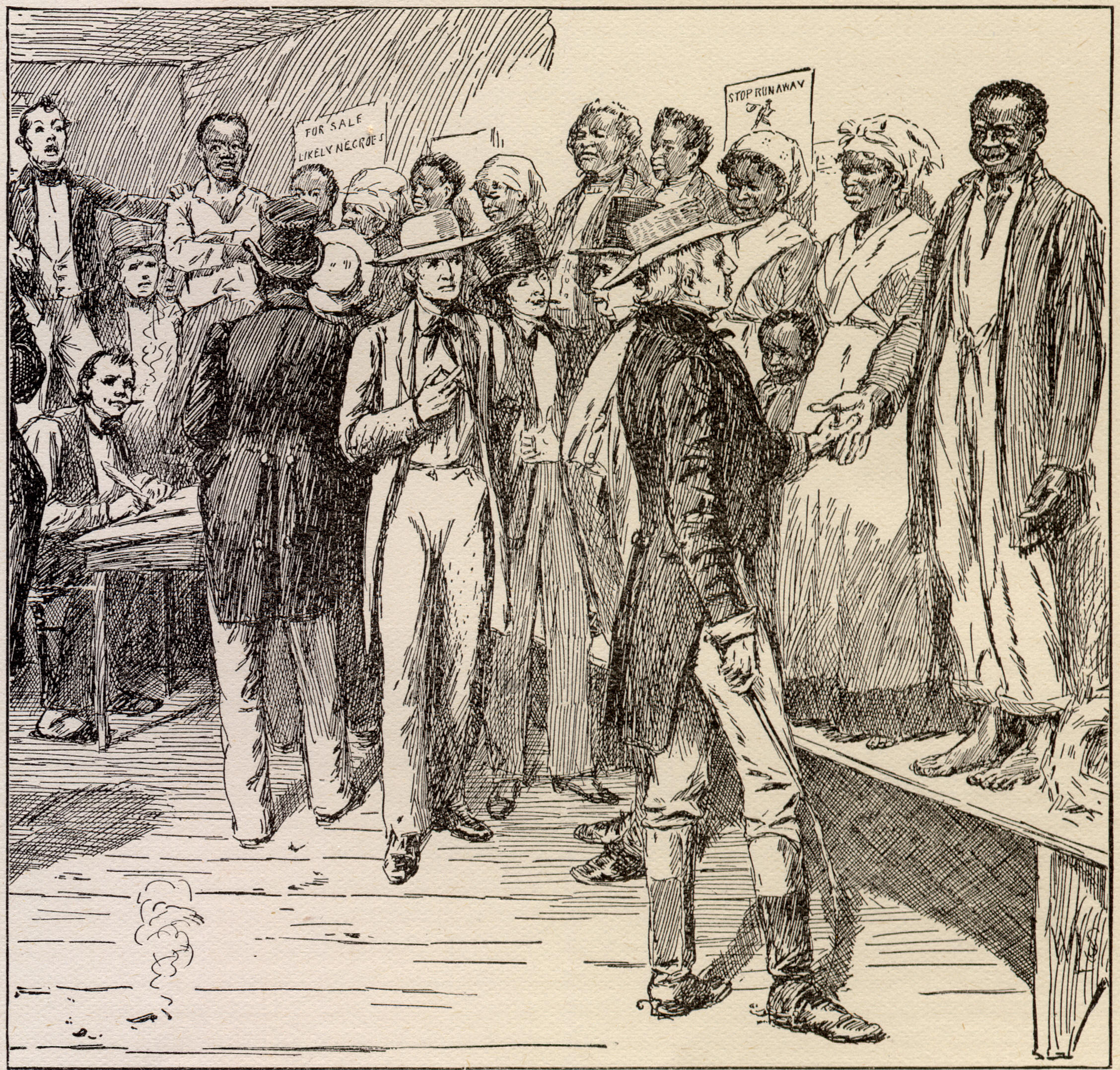
Slavery in the United States
GLOSSARY
Abolition: the emancipation of the slaves, accomplished by the Emancipation Proclamation issued in 1863 and ratified in 1865.
Civil war: war between parties, factions, or inhabitants of different regions within the same nation.
Corps: a military formation that comprises two or more divisions and additional support arms.
Cotton gyn: A cotton gin is a machine that quickly and easily separates cotton fibers from their seeds, allowing for much greater productivity than manual cotton separation.
Field: an open tract of uncultivated grassland; meadow.
Shelter: something that provides cover or protection, as from weather or danger; place of refuge.
Slavery: the state or condition of being a slave; a civil relationship whereby one person has absolute power over another and controls his life, liberty, and fortune
Runaway: to move at a rapid gait; gallop or canter.
Underground railroad: the system established by abolitionists to aid escaping slaves.
1619 The first African slave arrive in Virginia.
1865 The Civil War ends.

HISTORY
In the XVIII century slavery was the common way to exploit the fields in the southeast of North America.
People who lived in the north wanted to end slavery.
Abolitionists name was given to the people who lived in the north. This name was given to the northerners because they wanted to abolish slavery, which means "to get rid of".
In 1861 Abraham Lincoln was elected as a president.
The south broke away from the country and called themselves the Confederate States of America. Civil War was then fought between the North and the South. The North won.
The 14th Amendment said that every person born in the United States was a full citizen. Even former slaves were full citizens. The 15th Amendment made sure that black people could vote.
The underground railroad was a secret network of "stations" or safe houses that provided food, clothes, and shelter for scared and tired runaway slaves. They were guided by brave people who risked their lives to show the runaways the way to freedom.
The conductors risked their lives to help runaway slaves because they did not believe in slavery. They were black and white people. The most famous was Harriet Tubman.
Harriet Tubman led over 300 slaves to freedom on the Underground Railroad.
Many of the songs also told of where the safe houses were. One famous spiritual song is "Go Down Moses".
President Lincoln's Emancipation Proclamation in 1863 that declared all slaves to be free.
Subtopic
SLAVES LIFE

Black slavery destiny
Plantations was primarily located in the South
Cotton was by far the leading cash crop, but slaves also rised, corn, sugarcane, and tobacco. Many plantations raised several different kinds of corps.
EXTRA INFORMATION

The most important movies about slavery


